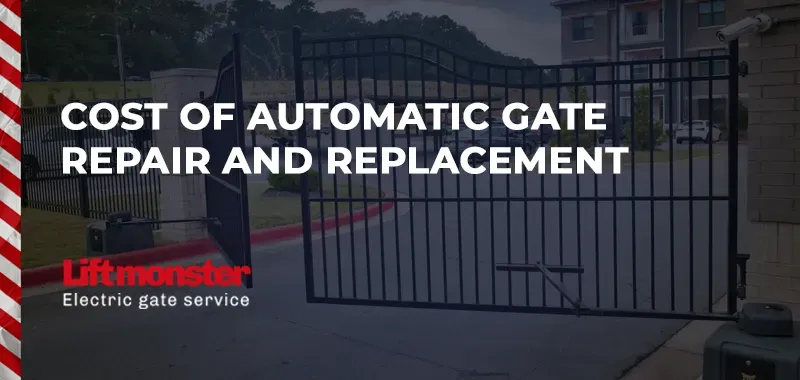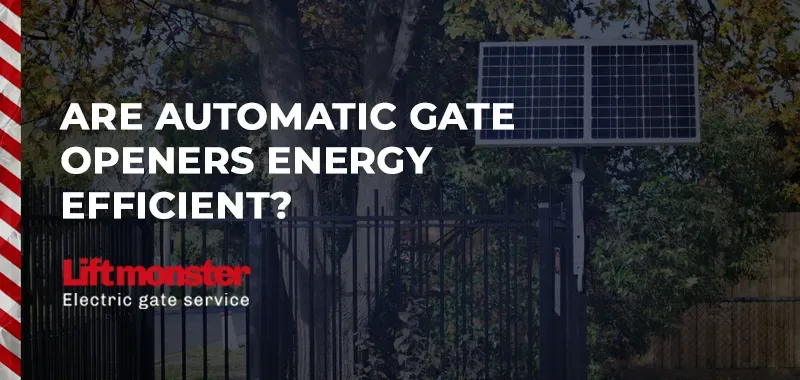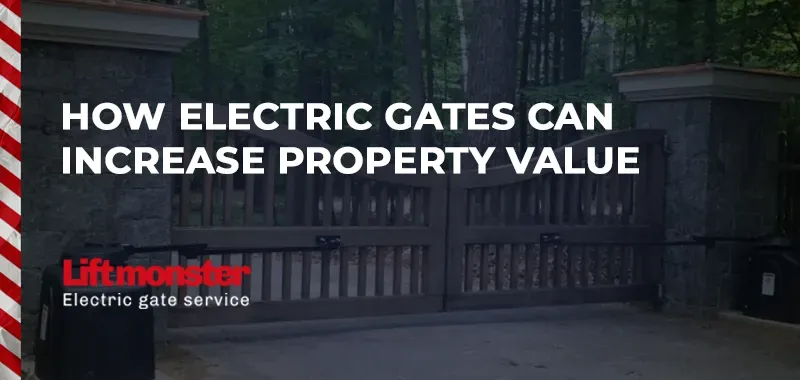How to Make Perpendicular Garage Door Horizontal Tracks?
When installing or adjusting a garage door system, ensuring that the horizontal tracks are perfectly aligned is crucial for smooth operation and longevity. If your garage door tracks are perpendicular to the opening but not properly transitioning into the horizontal position, it can lead to operational issues like jerky movement, uneven closing, or even derailment. In this guide, we’ll walk you through how to make perpendicular garage door horizontal tracks to ensure your system functions smoothly.
Understanding Garage Door Tracks
A garage door operates on a track system that guides it up and down. The two primary track sections include:
- Vertical Tracks – These run alongside the door opening and support the door while it is in a closed position.
- Horizontal Tracks – These extend from the top of the vertical tracks toward the back of the garage, allowing the door to move horizontally when opened.
If the transition between the vertical and horizontal tracks is misaligned, the door may not glide smoothly, creating resistance and wear over time.
Tools and Materials Needed
To properly adjust your garage door’s horizontal tracks, you’ll need:
- Adjustable wrench
- Socket set
- Level
- Tape measure
- C-clamps
- Locking pliers
- Ladder
- Safety gloves and goggles
Step-by-Step Guide to Making Perpendicular Garage Door Horizontal Tracks
Step 1: Secure the Door in Place
Before making any adjustments, ensure the garage door is in the closed position. Use C-clamps or locking pliers on the tracks just above the bottom rollers to prevent the door from moving while you work.
Step 2: Loosen the Track Brackets
Locate the mounting brackets that hold the horizontal track in place. Using an adjustable wrench, slightly loosen the bolts to allow movement. Do not remove them completely—just enough to adjust the track angle.
Step 3: Adjust the Track Angle
To make perpendicular garage door horizontal tracks, check the angle at which the vertical track transitions into the horizontal section. The ideal transition should be smooth, without any abrupt angles.
- Measure the distance from the top of the vertical track to the ceiling. Ensure that both sides are at the same height.
- Use a level to confirm that the horizontal tracks are parallel to the ceiling and not tilting downward or upward.
- Adjust the brackets by moving the horizontal track slightly to create a seamless connection with the vertical track.
Step 4: Secure the Track Brackets
Once the horizontal tracks are properly aligned, tighten the bolts on the mounting brackets to hold them in place. Double-check the alignment with a level before securing everything fully.
Step 5: Test the Garage Door Movement
Carefully remove the C-clamps or locking pliers and manually open and close the door. Observe its movement:
- If the door moves smoothly without resistance, the alignment is correct.
- If the door wobbles, sticks, or derails, recheck the track positioning and make minor adjustments.
Step 6: Lubricate Moving Parts
After securing the horizontal tracks, apply a high-quality garage door lubricant to the rollers, hinges, and tracks. This will reduce friction and enhance performance.
Common Issues and Troubleshooting
Even after adjustments, you may encounter a few challenges:
- Door Won’t Open Fully – If the garage door stops halfway, the horizontal tracks may be too low. Raise them slightly and re-tighten the brackets.
- Door is Noisy or Jerky – Misalignment in the horizontal tracks can cause excessive noise. Check the level and ensure both tracks are at the same height.
- Rollers Keep Coming Off the Track – This usually indicates improper track spacing. Make sure the horizontal track is not too far apart from the vertical track.
Final Thoughts
Ensuring that your garage door’s horizontal tracks are correctly aligned is essential for smooth operation and long-term durability. By following the steps outlined above, you can successfully make perpendicular garage door horizontal tracks transition smoothly, reducing wear and tear on your system.
For
professional garage door track adjustments or installations, contact
Lift Monster—your trusted electric gate and garage door service experts. Our technicians specialize in optimizing garage door performance for safety and reliability.











